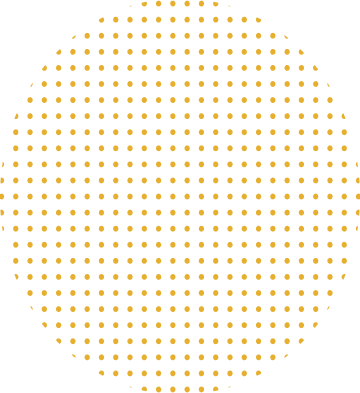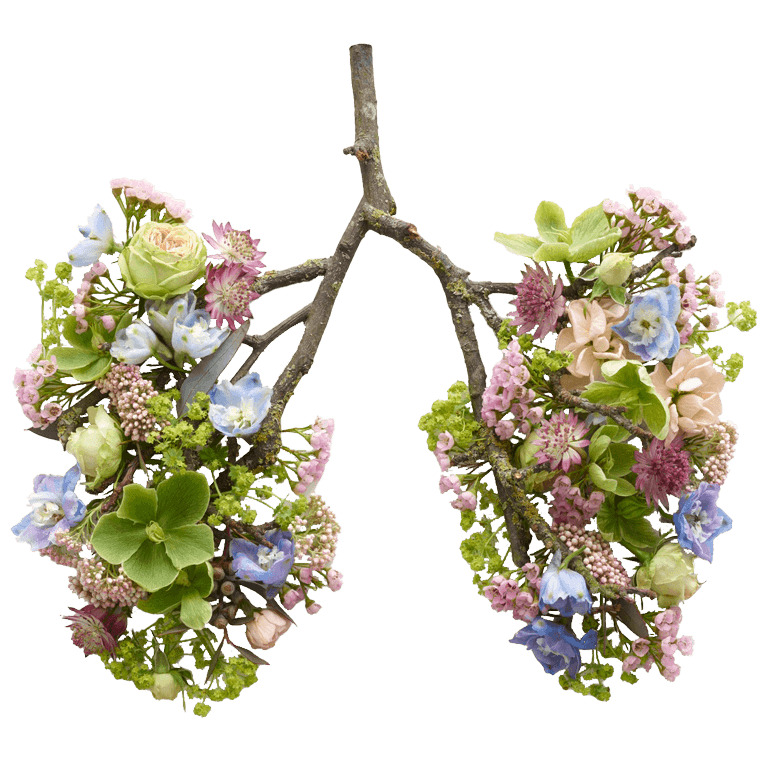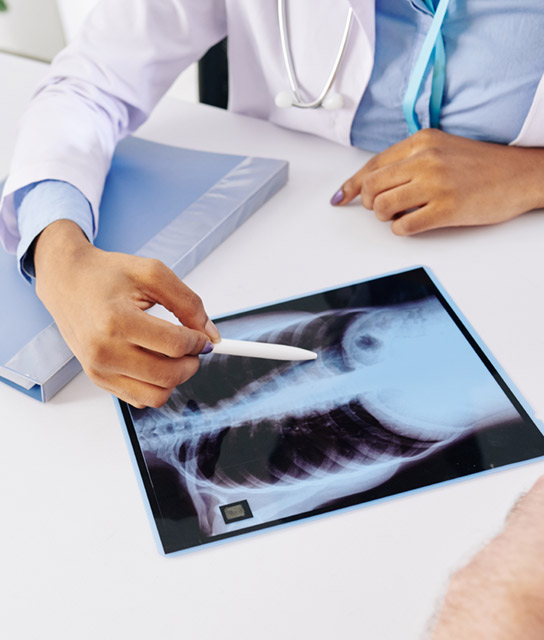








The process of lung cancer screening is used to detect the presence of lung cancer in otherwise healthy people who have a high risk of lung cancer. According to the American Lung Association, lung cancer is the leading cause of cancer deaths in both men and women in the United States.








Each year, more people die of lung cancer than of colon, breast and prostate cancers combined. The good news is that when caught early, lung cancer is often treatable. That’s why it’s important for everyone who meets certain risk factors to get screened for lung cancer on a regular basis.


People at greatest risk of lung cancer should be screened for lung cancer, including:
An LDCT scan of the lungs is performed on a long table while you lie on your back. The table will slide through the middle of a large machine that creates images of your lungs while you lie very still. Initially, the table passes through the machine in order to determine the starting point for the scan. When the machine is ready to perform the scan, you may be asked to hold your breath briefly so that the picture of your lungs is clear. The table will move quickly through the machine as the images are captured. A clicking or knocking sound may be heard as the machine moves. You can expect your appointment to last about a half-hour, but the actual scan only takes less than a minute.
After your LDCT scan has been completed, you can go about your daily activities. Computer software compiles the images from the scan, which are then analyzed by a radiologist who specializes in lung cancer diagnosis using imaging tests.
If you are considering undergoing lung cancer screening, it’s important to speak with your doctor about the risks and benefits of the procedure. Although it can help detect cancer in its early stages, there are some risks associated with the test. These include radiation exposure and a small risk of collapsed lung (pneumothorax). Your doctor will be able to discuss these issues in greater detail so that you can make an informed decision about whether or not this type of screening is right for you.
We accept most PPO and Medicare insurance plans. We recommend you contact your insurance plan to insure we are in-network.